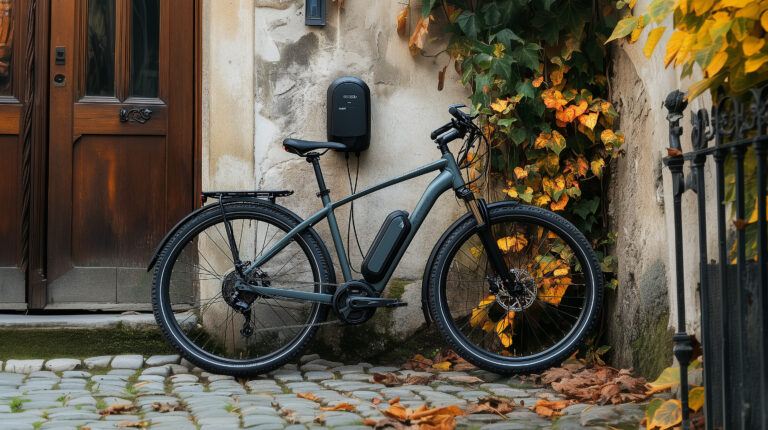Call us now:
Your e-bike tires are critical to your safety, comfort, and performance on the road. Proper tire care ensures a smoother ride, better traction, and extends the life of your tires, allowing you to get the most out of every journey. This guide will walk you through essential tips for inflating, inspecting, and replacing your e-bike tires, helping you maintain optimal performance and safety.
1. Inflating Your E-Bike Tires: Keep the Pressure Right
Maintaining the correct tire pressure is crucial for both performance and safety. Under-inflated tires can reduce your bike’s range, make it harder to pedal, and increase the risk of a flat, while over-inflated tires may make your ride uncomfortable and lead to faster wear.
- Tip: Check your tire pressure before every ride. E-bike tires typically require higher pressure than traditional bike tires due to their added weight. Most e-bike tires have the recommended pressure range printed on the sidewall, which is usually between 30-60 PSI (pounds per square inch), depending on the model.
- How to Inflate:
- Use a reliable tire pressure gauge to check the current pressure.
- Attach a bike pump (preferably one with a pressure gauge) to the valve. Ensure you’re using the correct valve type, as e-bikes can have either Presta or Schrader valves.
- Pump the tire to the recommended pressure, checking the gauge frequently to avoid over-inflation.
- Detach the pump and recheck the pressure to ensure it’s correct.
Pro Tip: Invest in a high-quality floor pump with a built-in gauge for more accurate pressure adjustments.
2. Inspecting Your E-Bike Tires: Regular Checks to Avoid Surprises
Frequent tire inspection can help you spot potential issues before they become big problems. Over time, tires wear down due to regular use, environmental factors, and road conditions, which may lead to punctures, poor traction, or even blowouts.
- What to Look For:
- Tread Wear: As tires wear out, the tread becomes shallow, reducing traction. Check the tread depth regularly, especially if you ride on rough terrain. If the tread is worn down, it’s time to replace the tire.
- Cracks or Cuts: Inspect the sidewalls for small cracks or cuts, which may compromise the tire’s strength. This is especially important for e-bikes, which tend to carry more weight.
- Embedded Objects: Sharp objects like glass, stones, or nails can become embedded in the tire. If you find any, remove them carefully, but be prepared to patch or replace the tire if the damage is severe.
- Bulges or Blisters: If you notice any bulges or blisters in the tire, this indicates internal damage, and the tire should be replaced immediately.
Pro Tip: Make a habit of inspecting your tires after each ride, especially if you’ve been on rough or gravel surfaces.
3. Replacing E-Bike Tires: When and How to Do It
Even with good care, e-bike tires will eventually need replacing. As a heavier and faster mode of transportation than regular bikes, e-bikes put more strain on their tires, meaning they may wear out quicker. Knowing when and how to replace your tires can prevent blowouts and keep you safe on the road.
- When to Replace:
- Tread is Bare: If the tread is visibly worn or completely bare, it’s time for a replacement. Worn tread reduces your grip on the road, especially in wet conditions.
- Frequent Flats: If you’re experiencing frequent flats despite proper tire inflation, it’s often a sign that the tire’s integrity is compromised, and it should be replaced.
- Old Tires: Tires can degrade over time, even if you’re not riding frequently. If your tires are a few years old, inspect them for cracking or hardening of the rubber, which could affect performance and safety.
- How to Replace:
- Remove the Wheel: Start by releasing the brake calipers (if applicable) and loosening the wheel axle nuts or quick-release lever to remove the wheel from the bike.
- Deflate the Tire: Let all the air out of the old tire by pressing down on the valve stem. This will make it easier to remove the tire from the rim.
- Remove the Tire: Use tire levers to gently pry the tire off the rim. Start at one point and work your way around until the tire is fully removed.
- Install the New Tire: Place one side of the new tire onto the rim. Insert the inner tube into the tire, making sure the valve is properly aligned with the valve hole in the rim. Then, work the second side of the tire onto the rim using your hands or tire levers.
- Inflate and Reinstall: Inflate the new tire to the recommended pressure, reattach the wheel to the bike, and ensure everything is secure before riding.
Pro Tip: Always carry a portable patch kit or a spare tube while riding, especially on long trips, to handle any tire issues on the go.
4. Choosing the Right Replacement Tires
When it’s time to replace your e-bike tires, choosing the right type is essential for performance and safety. E-bikes require tires that are rated for higher speeds and heavier loads than standard bicycles.
- Tire Type:
- Commuter Tires: Designed for urban riding, commuter tires are typically slick or semi-slick for lower rolling resistance, making them ideal for paved roads.
- Off-Road Tires: If you frequently ride on trails or gravel, opt for tires with more tread for better grip and traction on uneven surfaces.
- Size and Durability: Be sure to choose the right tire size for your bike, which is usually marked on the side of your current tire (e.g., 26×2.2). E-bike tires should also be reinforced for durability to withstand the extra weight and power of the bike.
Pro Tip: Look for tires specifically designed for e-bikes, as these are built to handle the higher speeds and weight load, offering enhanced puncture protection and longer life.
Conclusion
Proper tire care—through regular inflation, inspection, and timely replacement—is key to ensuring your e-bike performs at its best and keeps you safe on the road. By following these simple steps, you can extend the life of your tires, enjoy smoother rides, and avoid unexpected flats or dangerous blowouts. Happy riding!

